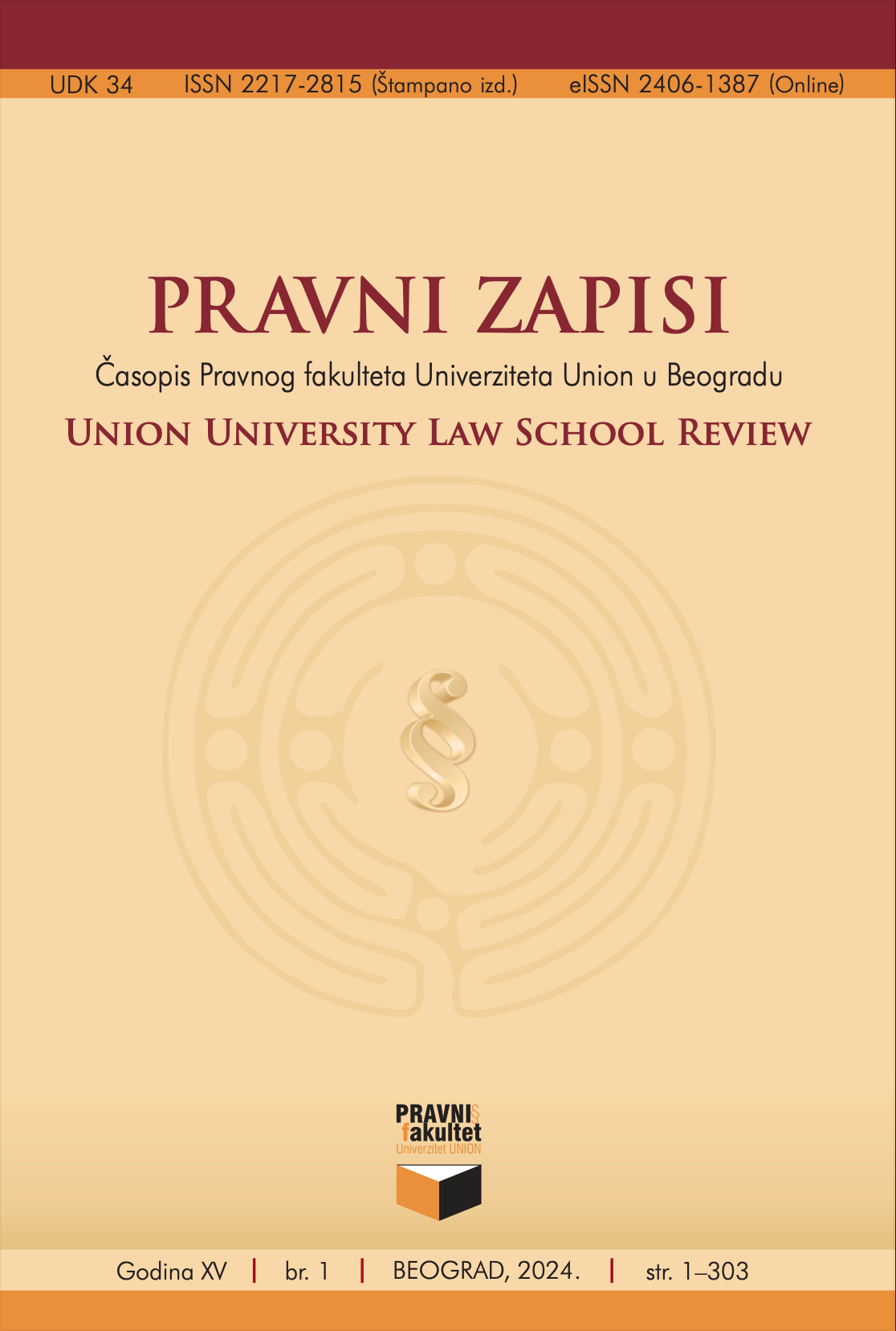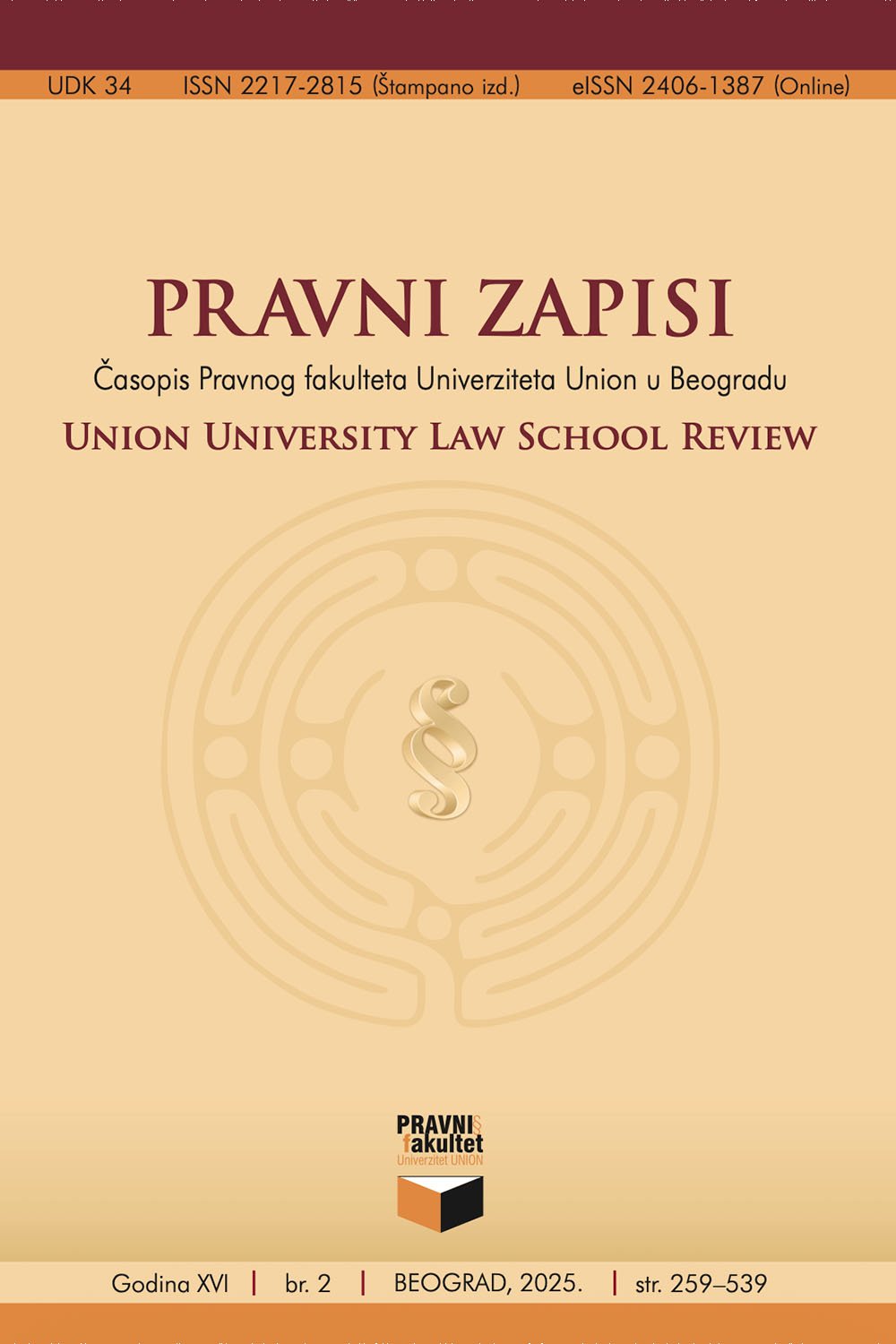PRAVNI ZAPISI • Year XV • No. 1 • pp. 89-120
NAVIGATING THROUGH THE SUBSTANTIVE EQUALITY DOCTRINE: ANTI-DISCRIMINATION LAW AND SOCIAL CHANGE

Milica V. Matijević
Research Fellow, Institute of Comparative Law, Belgrade, Serbia
e-mail: m.matijevic@iup.rs
ORCID ID: https://orcid.org/0000-0002-2459-9201
Pravni zapisi, No. 1/2024, pp. 89-120
Original Scientific Article
DOI: 10.5937/pravzap0-49917
KEY WORDS
Substantive Equality, Formal Equality, Anti-discrimination Law, Structural Inequalities, Structural Discrimination, Socioeconomic Disadvantage, Social Justice.
ABSTRACT
The substantive equality doctrine is an important aspect of legal scholarship and judicial practice built around the principles of equal treatment and non-discrimination. The doctrine departs from the critique of the “formal approach to equality” and places great expectations on the legislator and the courts vis-à-vis its equality aspirations, which encompass objectives related to both redistribution and recognition. The paper examines the relationship between its basic postulates, its equality goals, and the law as its main method. The author charts the developmental trajectory of the doctrine, provides an overview of its premises, and an analysis of its objectives. The author concludes that the proponents of the substantive equality doctrine rightly point to deeper societal structures as the source of patterned inequalities, yet they are mistaken in their belief that the subtle and complex forms of discrimination can be effectively addressed through anti-discrimination law.

